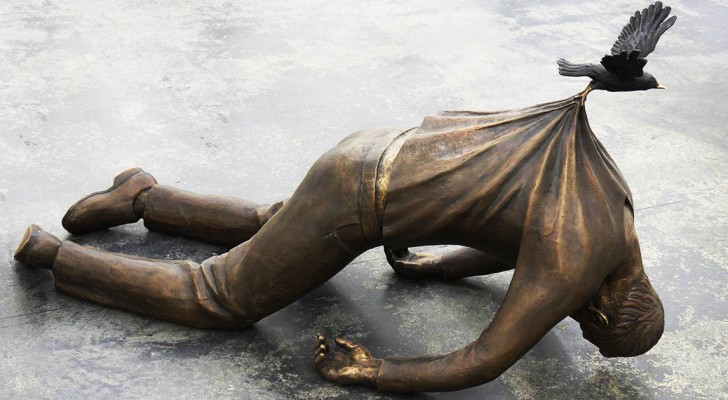
Unlike many churches, the Armenian Church has always used unleavened bread (flat bread that does not contain yeast) for the Eucharist. Only flour and water—without yeast—are mixed to prepare the nshkhark, the small, round and flat “loaves” of bread that become our Holy Communion with Jesus Christ in the Badarak.
Since Armenia’s Christian neighbors all used leavened bread for the Eucharist, the Armenians frequently found themselves defending this unique liturgical usage. In apologetic and polemical writings of the Middle Ages, Armenian theologians often quoted Bible passages in which Jesus and St. Paul use leaven as a symbol for any destructive teaching, attitude or behavior that swells like a cancer or like yeasty dough [Mathew 16:6-12, Mark 8:15, Luke 12:1, 1 Corinthians 5:6-8], Of course in other places Jesus refers to leaven in a positive way, as a symbol for growing faith [Mathew 13:33].
By the seventh century, Armenian theologians extended this sort of reasoning to justify the Armenian Church’s teaching that the human body assumed by Jesus from Mary in his incarnation was untainted by sin, like bread without leaven.
When the Hebrews were led out of Egypt by Moses, the Lord instructed them to eat only unleavened bread [Exodus 12:15-20]. The people were fleeing Pharaoh’s army for their lives and there was no time to allow the bread to rise. The Bible does not state whether the bread that Jesus used at the Last Supper was leavened or unleavened.
The Armenian Church’s preference for unleavened bread originally had no theological motive. The Armenians brought to the altar the same kind of bread that they ate in their homes, a flat, yeast-less bread like the paper-thin lavash hats that is baked and enjoyed in Armenia to this day.
The only other ancient church in Christendom that uses unleavened bread for the Eucharist is the Catholic Church (and, under Catholic influence, the Episcopalian, Lutheran, and other reformed churches). Yet we know that the custom only became widespread in the West in the eleventh century. We have evidence for the use of unleavened bread by the Armenians five centuries earlier.
Source: Frequently Asked Questions on the Badarak, The Divine Liturgy of the Armenian Church by Michael Daniel Findikyan.

